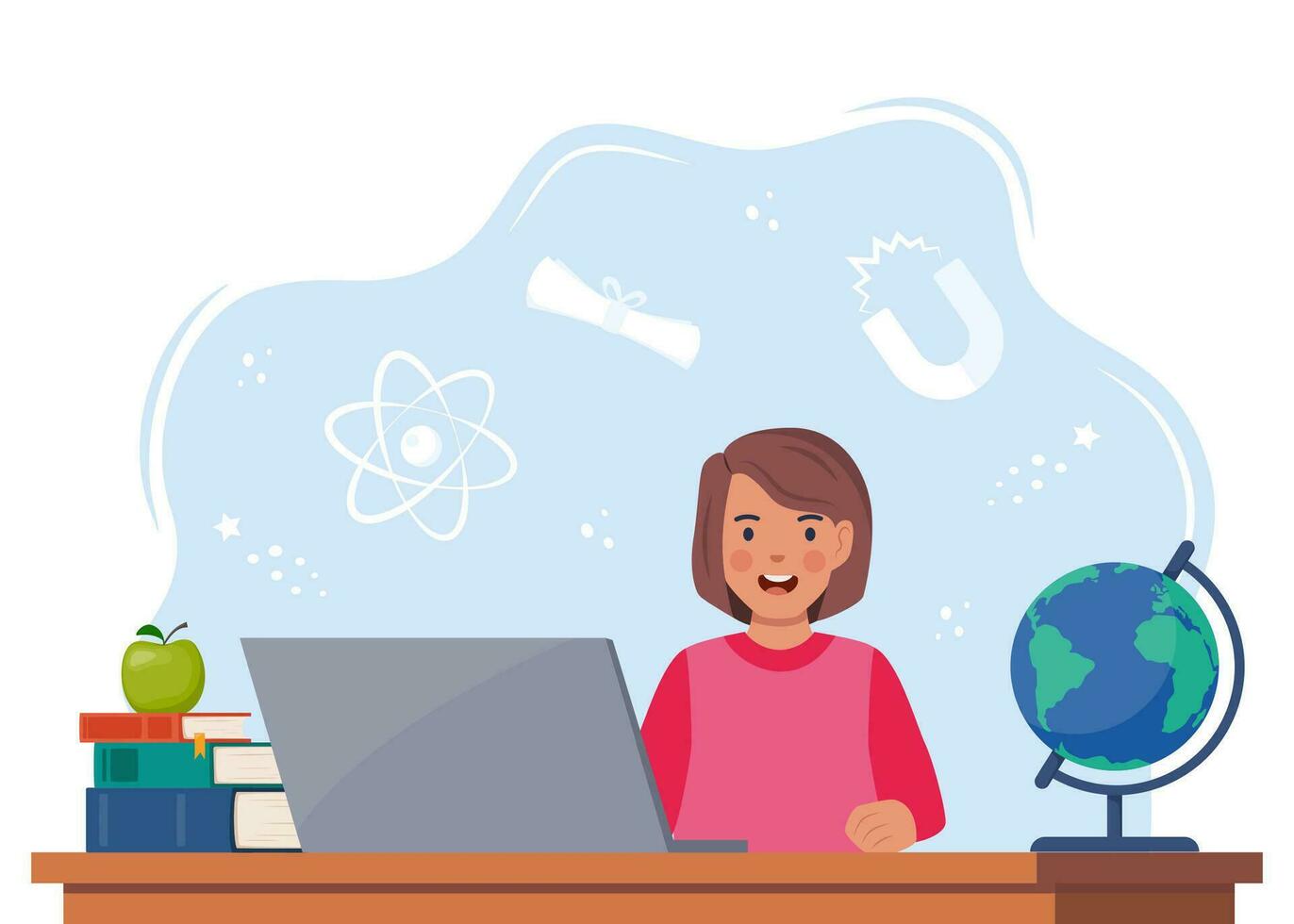The Role of E-Learning fit the Future of Education for Children
As traditional education and learning systems progress, the assimilation of e-learning is emerging as an essential pressure in forming the future of education and learning for children. Understanding the complete level of this effect calls for analyzing the multifaceted ramifications of e-learning's function in modern-day education systems.
Interactive Learning Environments
In the world of e-learning for kids, interactive knowing atmospheres have actually arised as critical devices in boosting instructional outcomes. Education and study for children and kids. These electronic systems incorporate multimedia elements such as video clips, animations, and gamified exercises to produce a vibrant and interesting educational experience. Especially, they change passive knowing into an active procedure, thus cultivating better retention and comprehension

The assimilation of collective tools also allows for peer-to-peer communication, which is crucial for creating social abilities and synergy capacities. Digital classrooms and conversation forums allow students to share ideas, ask concerns, and team up on jobs, replicating the benefits of conventional class communications. Interactive discovering atmospheres are not just additional instructional devices however essential components that improve the finding out ecosystem for youngsters. Their duty fit a much more efficient and interesting instructional landscape can not be overemphasized.
Personalized Education Paths
Utilizing the possibility of individualized education and learning paths reinvents the learning experience for youngsters by providing to their unique demands and capabilities. Standard one-size-fits-all techniques commonly fail to deal with specific understanding voids and staminas. E-learning systems, nonetheless, can make use of advanced formulas and information analytics to tailor educational material, pace, and methods to each kid's certain requirements. This personalization promotes a much more engaging and efficient knowing atmosphere, allowing students to thrive at their own rate.
Personalized education paths also empower teachers by providing detailed insights into student progress. On the other hand, trainees standing out in particular subjects can advance without being held back by a standardized curriculum.
Moreover, e-learning systems can incorporate diverse learning sources, such as interactive simulations, multimedia content, and gamified lessons, to straighten with various knowing designs. By suiting visual, auditory, and kinesthetic students, customized education paths ensure that each kid obtains the most effective training techniques. Education and study for children and kids. Therefore, leveraging customized education and learning courses via e-learning is instrumental in creating a future-proof, comprehensive, and effective instructional landscape for children
Enhancing Accessibility
While the benefits of personalized education paths are significant, boosting access is just as essential to make certain that e-learning systems can reach all youngsters, regardless of their socio-economic background or geographical place. Digital inclusion is important to link the educational divide and supply fair knowing chances. This can be attained through the growth of inexpensive, top quality e-learning services that are easily accessible on varied tools, including computer systems, tablets, and smartphones.
Additionally, partnerships between federal governments, non-profits, and exclusive markets can assist in the distribution of essential technology and net accessibility to underserved areas. Such webpage collaborations can also support the development of localized material in various languages, making sure cultural significance and comprehension.
In addition, adaptive knowing technologies can be tailored to suit kids with impairments, providing functions like text-to-speech, flexible text sizes, and site here interactive components that accommodate different learning needs. These developments not only equalize education yet likewise empower learners by supplying tools that provide to private difficulties.
Establishing Important Skills
With accessibility enhancements in position, the following important facet to address is the development of crucial skills among young students. E-learning platforms supply an unique chance to cultivate an array of important skills that standard class setups might battle to address adequately. Amongst these are vital reasoning, analytic, and electronic literacy, which are increasingly indispensable in the contemporary world.

In addition, e-learning systems usually incorporate collective tools like conversation online forums, group jobs, and peer reviews, which foster interaction and synergy abilities. These systems additionally expose pupils to a vast selection of electronic devices and resources, improving their electronic proficiency. As students browse various software, applications, and on-line sources, they end up being skilled at making use of innovation effectively and sensibly.
Fundamentally, e-learning not just supplements traditional education and learning but also equips trainees with the vital skills essential to grow in an interconnected and increasingly digital world.
Overcoming Geographical Barriers
The development of e-learning has actually significantly mitigated the geographical obstacles that typically prevented accessibility to top quality education and learning. Prior to the electronic change, students in remote or underprivileged areas typically faced minimal academic resources and chances. E-learning systems currently connect this gap, providing universal accessibility to high-quality instructional content no matter location.
Through on the internet classes, digital libraries, and interactive devices, students from diverse geographical backgrounds can involve with the very same curriculum offered in urbane schools. This democratization of education and learning guarantees that every child, regardless of their physical location, has the possible to accomplish academic success. E-learning promotes access to specialized topics and expert trainers that may not be available locally.
Moreover, e-learning makes it possible for real-time collaboration in between pupils and educators from various parts of the globe, fostering a global learning see this neighborhood. The function of e-learning expands beyond plain benefit; it is a transformative device that redefines accessibility in education.
Conclusion
E-learning is critical fit the future of education for youngsters by developing tailored and interactive understanding settings. It enhances ease of access, cultivates critical skill development, and gets over geographical barriers, making sure all trainees access to top notch educational sources. This digital makeover gears up learners with the tools needed for scholastic and professional success, promoting inclusivity and collaboration on a global scale. E-learning, as a result, stands as a keystone in the development of modern-day education and learning.
As typical education and learning systems evolve, the integration of e-learning is emerging as an essential pressure in shaping the future of education and learning for kids. Therefore, leveraging customized education paths through e-learning is instrumental in creating a future-proof, inclusive, and effective instructional landscape for kids.
While the benefits of tailored education courses are considerable, boosting access is equally crucial to ensure that e-learning systems can get to all children, irrespective of their socio-economic history or geographic place. The role of e-learning expands beyond simple comfort; it is a transformative device that redefines accessibility in education.
E-learning is essential in shaping the future of education and learning for youngsters by producing interactive and individualized learning environments.